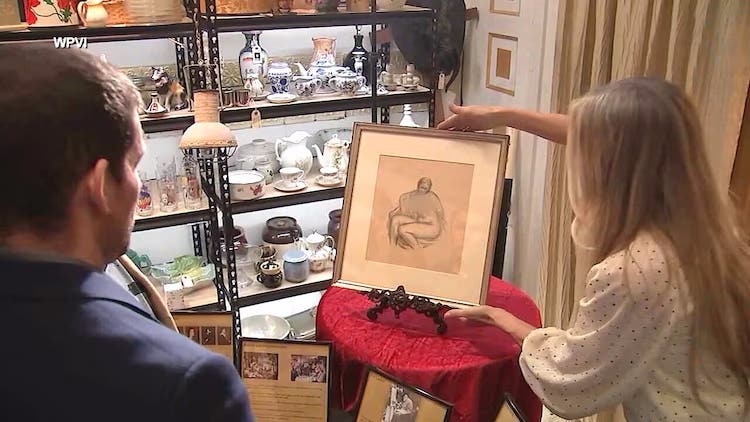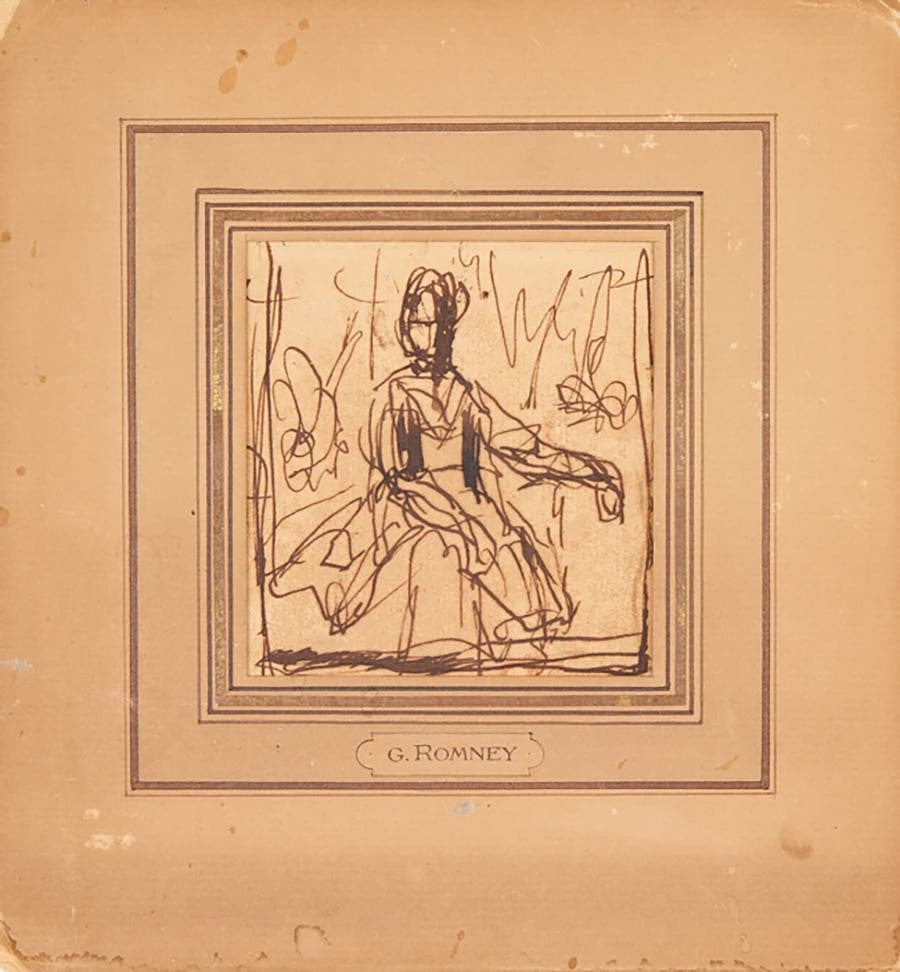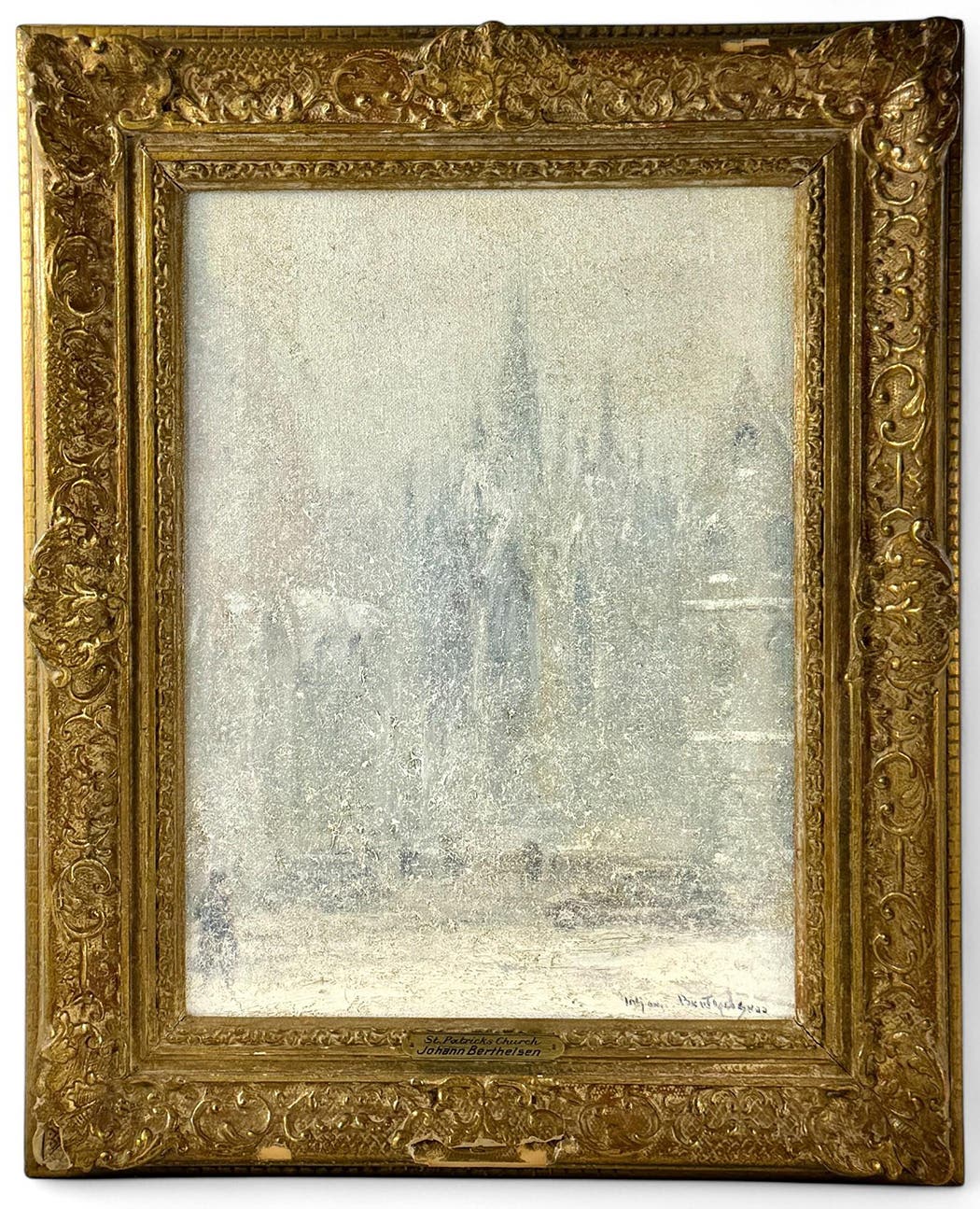5 influences of Pablo Picasso on the present
Oct. 25 marks the day pioneering artist Pablo Picasso was born. Antoinette Rahn takes a look at five instances of Picasso’s influence on present day art.
By Antoinette Rahn
There's many words to describe the art and life of Pablo Picasso. Some of those words include: Revolutionary, conflicted, innovative, complex, and productive.
The abundance of art he created and the various mediums and methods he used to create it remains a topic of conversation, examination, and inspiration, 44 years after his death. On this, the day of his birth (Oct. 25, 1881), I spent some time reviewing a portion of his work and researching some aspects of his life. Here are five ways I see Picasso continuing to influence the present.
Exploring Artistic Options
Furthermore, Picasso's choice to explore various artistic practices in creating art spoke to the opportunity for artists to spread their wings. It also allows those with an appreciation for art to celebrate that through multiple mediums. Picasso's artistry is representative in painting, sculpture, printmaking, ceramics, and even stage design, among others.
In an insightful commentary on this very subject, Piccaso is quoted as saying...
“Whenever I wanted to say something, I said it the way I believed I should. Different themes inevitably require different methods of expression. This does not imply either evolution or progress; it is a matter of following the idea one wants to express and the way in which one wants to express it.”
After studying with his artist father early in life, Picasso spent time during his teens studying for a time at the School of Fine Arts in Barcelona (Faculty of Fine Art). His time of study also includes the Royal Academy of San Fernando in Madrid, according to an article at Biography.com Yet, neither academic facility would become the alma mater to lay claim to seeing Picasso through to graduation. Because he chose to leave both after some time. Instead opting to take to the city and create art from that he observed and experienced.
Meaning and Statements
Among Picasso's works were many with anti-war messages. One of the most noted of these works was a piece titled "Guernica." Created by Picasso in 1937, it was reportedly a protest statement against the bombing of Guernica, Spain during the Spanish Civil War. A majority of the residents in the small Spanish village did not survive the attack, according to www.totallyhistory.com. Despite the devastation, it wasn't until the 1938 World's Fair in Paris when the painting was publically displayed, that awareness of the bombing became widespread.
View this video clip by www.biography.com about Picasso's Guernica:
An artistic collaboration involving Picasso brought forth a new style of art: Cubism. Consequently, in partnership with George Braque, the two developed a style wherein the artist develops abstract art by separating items and then reassembling them to create a new piece of art. In a simple explanation, cubist works often feature geometric shapes presented in unconventional arrangements. Picasso creates his first public Cubist work for display, according to records, in 1907.
Pioneering Productivity
Finally, discussion about Pablo Picasso's productivity is nearly as appealing as the results of his efforts. See this infographic below for a few fascinating facts...
Sources of information in this article: Biography.com, Pablopicasso.org, www.theartstory.org








